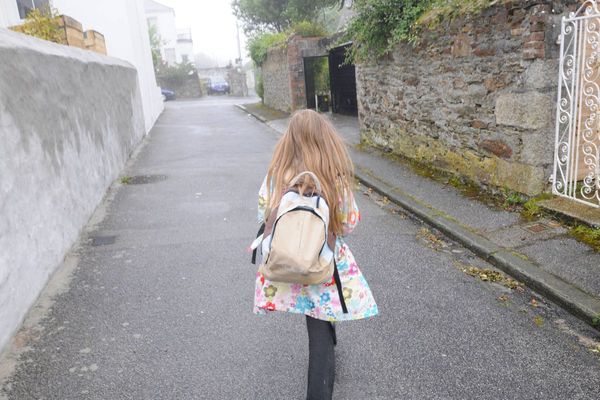Animal rescuers in far west New South Wales are urging locals to keep their eyes peeled for microbats in need of help on the back of unusual weather fluctuations.
Local Broken Hill wildlife rescue group Rescue and Rehabilitation of Australian Native Animals (RRANA) have seen an increase in call-outs to bats in need of help.
Rescuer Lindy Hunt says sudden drops in temperature can send the animals into torpor, leaving them unable to fly home.
"When it's warm one day, then cooler overnight, they get caught out away from their roost and go into what we call a torpor," she said.
"They'll just land on anything that's convenient: a screen door, or the ground.
"They might just look like a little mouse."
Microbats can carry contagion
Ms Hunt said in the event of discovering a bat, it was best not to handle them as they sometimes carry disease.
"Just call RRANA immediately. We have immunised carers who can come and take care of them, and they are generally released the same day."
She said the most important thing was keeping predators away from the bat while it was in a vulnerable state.
"We try not to keep them in care too long, they suffer stress and hypoglycaemia," she said.
"We always release them at dusk, or dark, usually where they were found."
There are tens of thousands of microbats living in roosts throughout the town, but with an average weight of just 10 grams, they tend to go unnoticed.
Ms Hunt said at least six different species of native microbat have come through care during her time, and she has been impressed by the tiny mammal.
"These bats only eat insects. They'll eat half their body weight in mosquitoes in one night, in flight, while carrying and feeding a pup, sometimes twins."
She said while they are wild, native animals, they have adapted well to live in man-made environments.
"They roost in rooves, people have found them in jackets, umbrellas, anywhere they can hide away."







